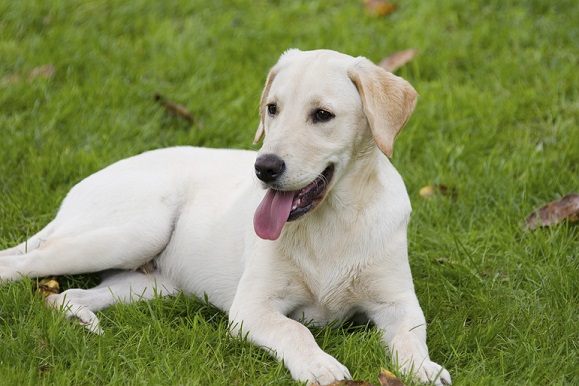The First Steps to Training your New Dog


Did any of you adopt a dog or puppy over the holidays? Sometimes training a new pup can be overwhelming. Where do you even start? To help you out, I thought I’d go over some of the basics.
January is also National Train Your Dog Month, which was selected by the Association of Professional Dog Trainers to raise awareness about the importance of dog training. It’s a good reminder for all of us to train our dogs at least for a few minutes every day.
Dog training basics
Potty Training
Before you begin teaching a dog commands or even his name, some of the most important training goals will simply be teaching your dog the rules of your home. Obviously, that involves making sure the dog or puppy is potty trained.
The key is to potty training is to prevent as many accidents as possible by supervising the dog or puppy when you’re able, and keeping her in a kennel or gated-off area when you can’t supervise. You can read more about puppy potty training here and potty training an adult dog here.
Teaching the Dog His Name
If your puppy or dog doesn’t know his name or if you'd like to change his name, that’s something to start working on in the first few days.
Elaine Bryant of the blog Chasing Dog Tales suggests saying the dog’s name while holding highly valued treats. When your pup looks at you, give him a treat.
“Your dog will begin to associate his name with good things happening,” she wrote.
Teaching the Dog Basic Commands
Once your dog has had a few days to get used to the routine of your house and begin learning her name, some helpful commands to begin teaching her include sit, down, stay, come and drop (or leave it). I recommend starting out with “sit” since that seems to be the easiest for dogs to learn. Here is my post on how to teach these basic but important commands.
Before You Even Get the Dog
Prior to bringing home your new dog or puppy, it’s a good idea to have some highly valued treats on hand so you can use them for training right away. Some dogs are also really toy motivated, but don’t spend too much on toys until you know what kind of toys your dog likes best.
You should also have an ID tag ready ahead of time with your information or at least the rescue group or breeder’s information. For a collar, a martingale is a nice option for most dogs because it’s less likely to slip off.
To get ahead of the game a bit, you could also start finding a dog trainer or a place to attend group obedience classes. Especially if you have a puppy or young dog, these classes are helpful for socialization and brainstorming ideas with other dog owners.
Of course, all of the above is assuming you’ve had plenty of time to plan for your new dog. That might be ideal, but in the real world some of us end up with dogs for a variety of reasons with little planning involved. That’s OK. Just do what you can to get started now, and you and your new dog will be off to a good start.
Have you adopted a dog or puppy recently? I’d love to hear about it!
Want more training tips? Check out these blogs.
Martingale Dog Collars For Training
Common Puppy Potty Training Mistakes
Explore Popular Articles
-
Homemade Flea, Tick & Mosquito Repellent for Dogs: A Natural Recipe for Pet Parents
Jun 13, 2025Beyond the Buzz and Itch: Protecting Your Pup from Mosquitoes, Fleas, and Ticks As pet parents, we w
-
Can My Dog Eat This? A List of Human Foods Dogs Can and Can't Eat
Jun 04, 2025As loving dog owners, we consider our furry companions members of the family. They share our homes,
-
How Long Are Dogs Pregnant - Tips for Care & Safety
May 15, 2025Congratulations! If you’re reading this, your furry friend is likely expecting a litter of pup




